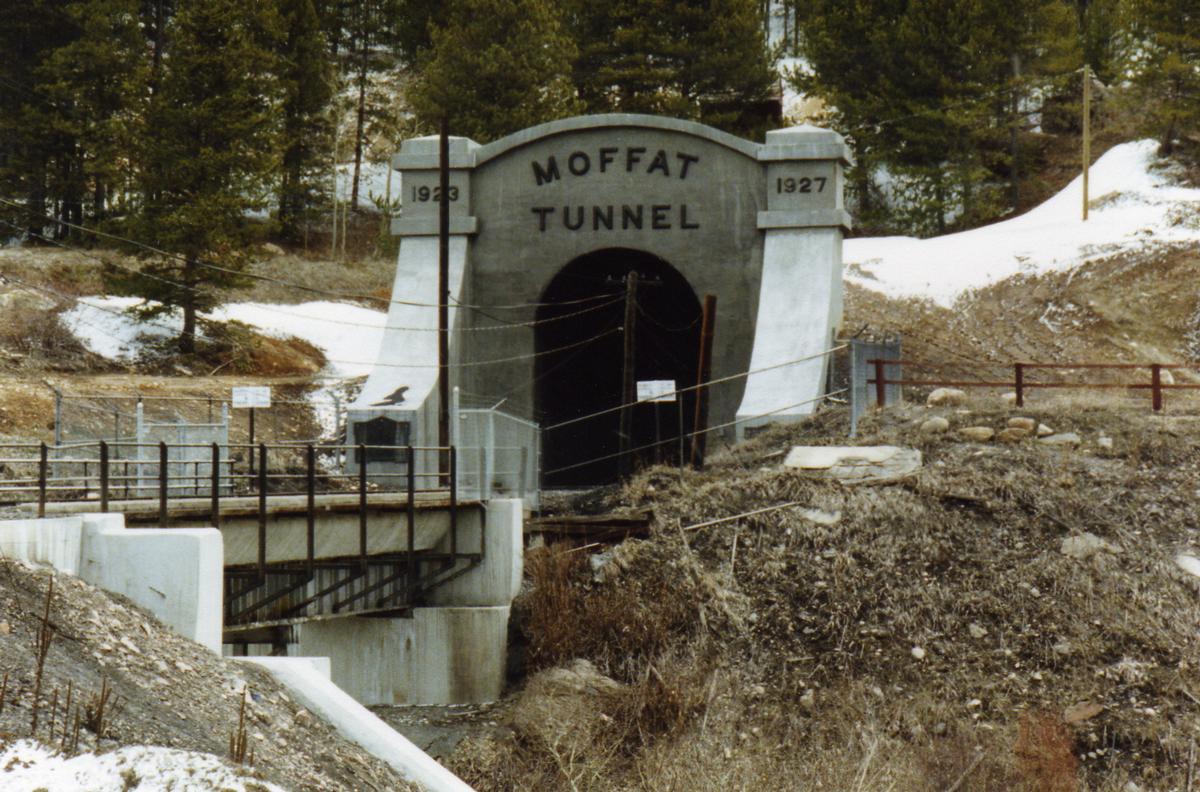

LBD would also be the vehicle through which mitigation measures imposed by the Corps would be implemented. Denver Water also commits to use flexibility in how it can operate its extensive water diversions system to help reduce impacts and where possible provide benefits to the streams. Water and financial resources committed by Denver Water (listed below) would be deployed to prevent declines and improve conditions where needed. The LBD Committee would implement an extensive monitoring program to assess stream health based on specific parameters including stream temperature, aquatic life, and riparian vegetation health. At the heart of the MECP is Learning by Doing (LBD), a monitoring and adaptive management program to be implemented by a committee that includes Grand County, Trout Unlimited, Denver Water, and Colorado Parks and Wildlife.A list of these measures is included below.

The measures, embodied in the Grand County Mitigation and Enhancement Coordination Plan (MECP), include both “mitigation” measures designed to address Moffat Project impacts identified in the US Army Corps of Engineers’ (Corps) final Environmental Impact Statement, and “enhancement” measures that Denver Water has voluntarily committed to undertake to improve existing conditions.In February of this year, Trout Unlimited, Denver Water and Grand County agreed to a package of measures that will not only address impacts from the proposed Moffat Project, but will also pave the way to improve existing stream conditions. Above all, Trout Unlimited has been concerned that existing models cannot properly predict impacts in a stream system that is already so depleted, and TU has consistently called for a monitoring and adaptive management program capable of detecting and preventing unanticipated impacts. Of primary concern to Trout Unlimited has been the potential for the project to worsen already high stream temperatures and to exacerbate existing sediment problems by reducing available peak flows. Trout Unlimited has fought for years, along-side Grand County, Fraser River land and business owners, and other partners, for measures to ensure that, if built, the project will not further degrade these valuable fisheries. The Fraser River system supports valuable trout fisheries that attract thousands of anglers annually and help support the local economy.The proposed Moffat Project would triple the size of Gross Reservoir, allowing Denver Water to increase its diversions. It is estimated that over 60 percent of the native flows of the Fraser River are currently diverted through the Moffat Tunnel on an annual average basis. Water funneled through the Moffat Tunnel is stored in Gross Reservoir. Denver Water currently diverts water from the Fraser and Williams Fork basins through an extensive network of tunnels and pipes that funnel water to the Moffat Tunnel for delivery and use in the Front Range.
#Moffat tunnel how to#

The old trail crossed the tracks and a bridge, however this has now been closed off with a gate. This is a very cold and active area with large railroad machinery and a number of tunnel-related houses. After the fourth crossing, bear left at the junction for Rollins Pass and continue another half mile to the large trailhead. Follow the road 8 miles crossing the active train tracks twice via at-grade crossings and twice via underpasses. The road is plowed all the way to the tunnel and even low-clearance passenger cars should have no difficulty in any season. The road is dirt, but is wide and in good condition. Head west from the center of town on the well-marked Rollins Pass Road. Getting ThereOn the Peak to Peak Highway (CO 119), drive to the small village of Rollinsville about four miles south of Nederland. Looking back down the South Boulder Creek watershed to East Portal.


 0 kommentar(er)
0 kommentar(er)
